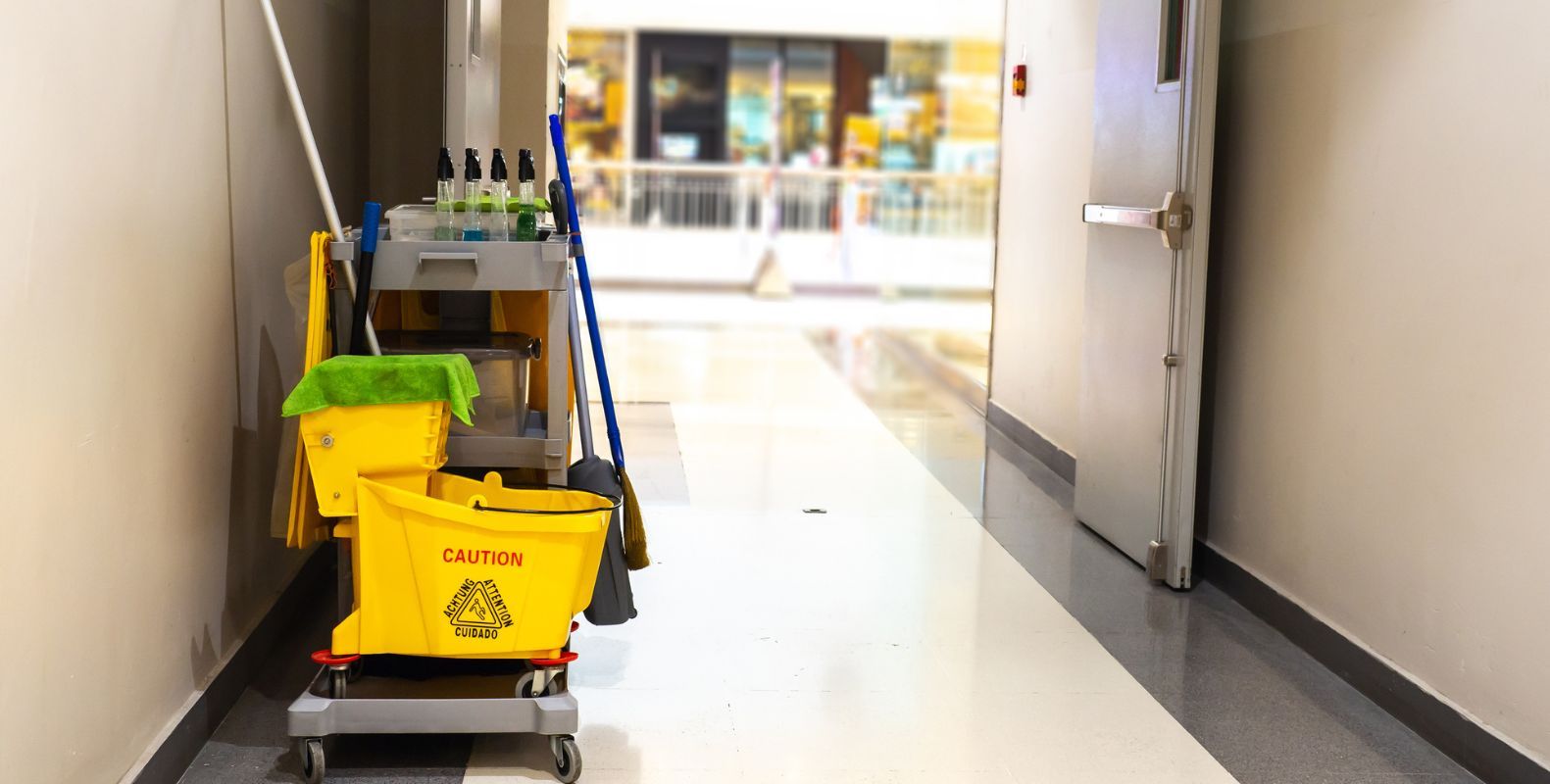Decoding Cleaning Proposals: Navigating Price Variances with Insight

Ever noticed how bids from cleaning services can swing wildly in price? It’s a common scenario to receive several proposals for janitorial services, each with its own take on what it’ll cost. So, what’s behind these pricing discrepancies?
Often, the difference comes down to how each cleaning company calculates the number of staff hours required to get the job done. But the story doesn’t end there. A well-rounded cleaning proposal should cover six critical areas to give you a full picture of the services offered. Let’s dive into these components and what they mean for your business.
- Direct Staff Wages
Direct wages make up the bulk of the cost for cleaning services, usually about 60%. When reviewing proposals, it’s vital that companies outline their strategy for determining:
- The time needed to clean your facility effectively.
- The fair market wages for their cleaning staff.
Providing detailed information about your facility can aid potential vendors in making accurate staff hour estimates. Tip: Vendors who ask insightful questions and take precise measurements often offer the most reliable estimates, especially those familiar with local wage standards.
- Direct Staff Taxes and Benefits
Beyond payroll taxes, proposals should account for additional costs related to staff, such as vacation pay, benefits (insurance, retirement plans), background checks, and uniforms. These expenses will differ based on the vendor’s benefits package and local tax requirements. Tip: Companies offering comprehensive benefits usually boast happier, more stable workforces.
- Supplies
This category includes both cleaning supplies (chemicals, rags, etc.) and consumables (toilet paper, hand towels). While cleaning supplies are generally included in the base quote, it’s wise to ask for per-unit pricing for consumables. Tip: Regional vendors often secure consumables at wholesale prices and can manage inventory for you, offering savings.
- Equipment
The proposal should reflect the cost of necessary equipment, tailored to the scope of work your facility demands. This includes accounting for equipment depreciation. Tip: Look for vendors who use well-maintained, efficient equipment, as this can lead to better work quality and employee satisfaction.
- Indirect Costs (Overhead)
Indirect costs, such as administrative expenses, HR, and insurance, should also be factored into the proposal. These costs tend to be consistent across clients, applied as a standard overhead percentage. Tip: Efficient management of overhead costs is a hallmark of savvy, regional cleaning companies.
- Profit
A fair profit margin is crucial for the sustainability of the cleaning service. Proposals should clearly outline a reasonable profit expectation. Tip: Steer clear of “fly-by-night” operations that may undercut in their bids without considering long-term viability. Established companies with strong references are your best bet.
If the proposals you’re reviewing lack details on these key elements, don’t hesitate to ask. A proposal missing these insights might be a low-ball offer that could lead to regrets down the line. Understanding the full scope of a cleaning proposal is your first step towards a clean, well-maintained facility managed by a partner you can trust.






